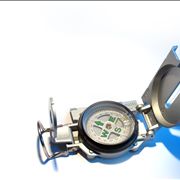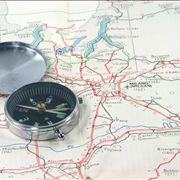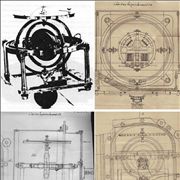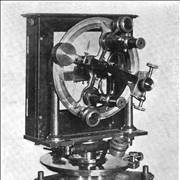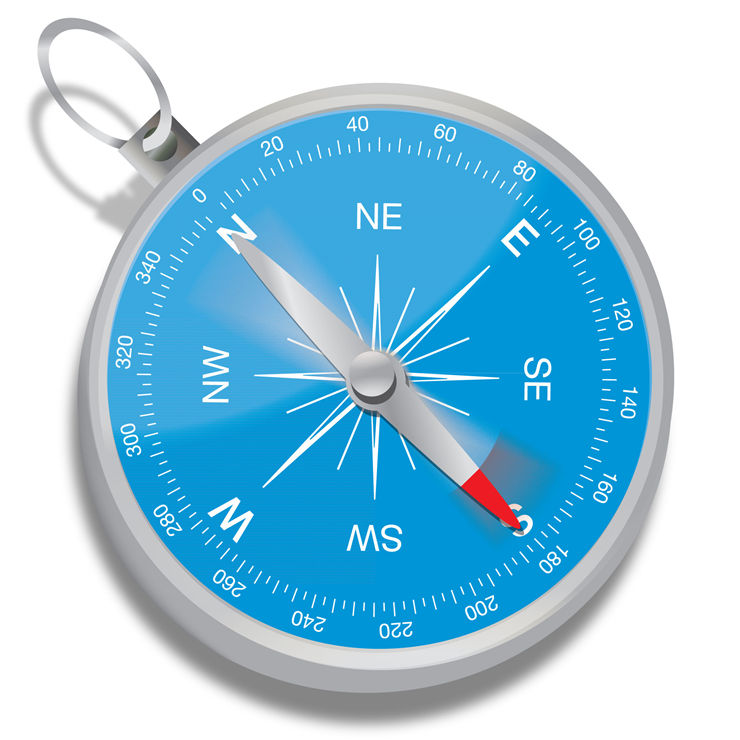Compass Facts - Information and Facts about Using a Compass
From the first magnetic compass, compasses improved in material and quality. They differ according to their purpose. Some are used for navigation, some for orientation and some for astronomy. Some of them don’t even have a magnet in them, but still work as compasses some even better than magnetic ones.
Compass Types
Compasses can be divided on those that direct to the magnetic poles of Earth and those that direct to true poles of Earth. There are also compasses that are used professional, amateur and even religious purposes. Read more about types of compasses.
Interesting Facts about Compass
Do you know how compasses work if they are placed on ships or planes where there is a lot of metal? Do you know what is boxing the compass? Do you think that a compass points to a geographic pole? Read interesting facts about compass.
Solar Compass
The solar compass is a precision surveying instrument that makes use of the sun's direction that allows surveyors to determine the true north direction by reference to the sun. Sun compass was first invented and patented by William Austin Burt on February 25, 1836.
Gyrocompass
A gyrocompass is a type of non-magnetic compass which use a fast-spinning disc and rotation of any planetary body to automatically find geographical direction. A gyrocompass is a device that revolutionized naval shipping after modern sailors noticed that metal hulls of their ships interfered with the magnetic field that was detected by their ship's magnetic compasses. However, even though they were initially created for naval use, gyrocompasses today have much more uses.
Magnetometer
A magnetometer is a device that measures magnetism. Magnetometers can accurate measure magnetization, strength and direction of the magnetic field around them. The first magnetometer was introduced by Carl Friedrich Gauss in 1833. They are today used in an incredible variety of devices, including mobile phones.
